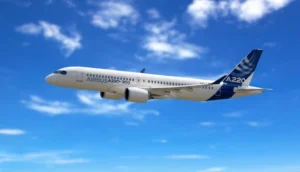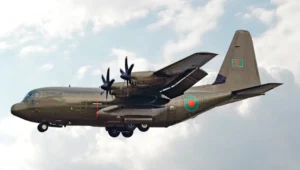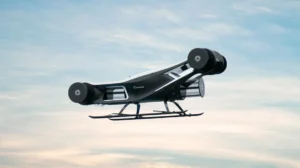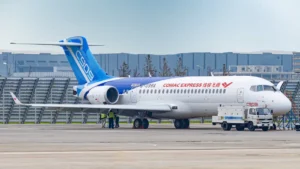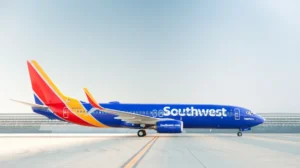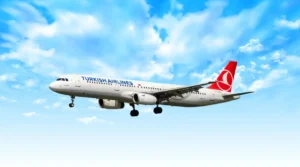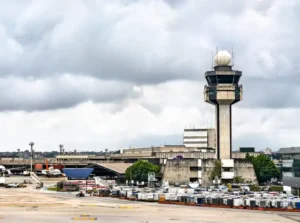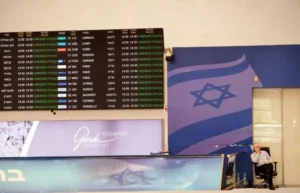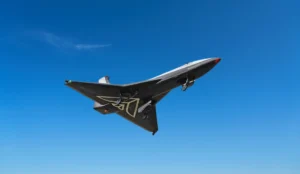Aircraft Overview: Leonardo AW139
The AW139 is a twin-engine helicopter crafted by European manufacturer Leonardo. Initially marketed and certified as the AB139, this helicopter was born from a collaboration between Agusta, Leonardo’s predecessor, and Bell Helicopter. It received its certification from the Italian Civil Aviation Authority (ENAC) on June 18, 2003.
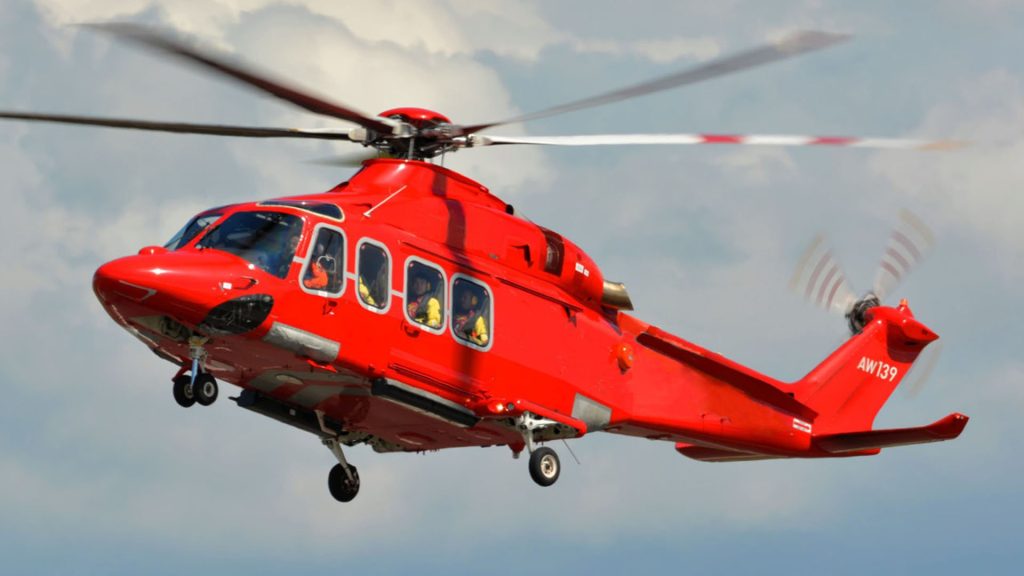
Photo Source: https://www.gamaaviation.com/
Though it has been known by different names, the European Union Aviation Safety Agency (EASA) type certificate data sheet (TCDS) clarifies that the AB139 and AW139 are, in fact, the same aircraft.
The AW139 offers seating for up to 15 passengers, a feature particularly advantageous for energy and security services operators. In contrast, the Agusta VIP version, designed for private and corporate use, seats up to 10 passengers.
The AW139’s avionics are designed to ease the pilot’s workload, featuring digital electronic engine control and a four-axis autopilot. On July 17, 2020, Leonardo announced that the EASA had approved Honeywell’s Primus Epic integrated avionics system Phase 8 software, along with an enhanced ground proximity warning system (EGPWS) that includes optional offshore modes. This software upgrade includes improved 2D maps and a synthetic vision system (SVS) tailored specifically for helicopters.
Powering the AW139 are two Pratt & Whitney Canada PT6C-67C free-turbine turboshaft engines equipped with full authority digital engine control (FADEC). These engines drive a fully articulated five-blade main rotor and a four-blade tail rotor. The helicopter also features retractable tricycle landing gear and has a maximum gross weight (MGW) of 14,110 lbs. This can be increased to 14,991 lbs. or 15,432 lbs. with certain modifications.
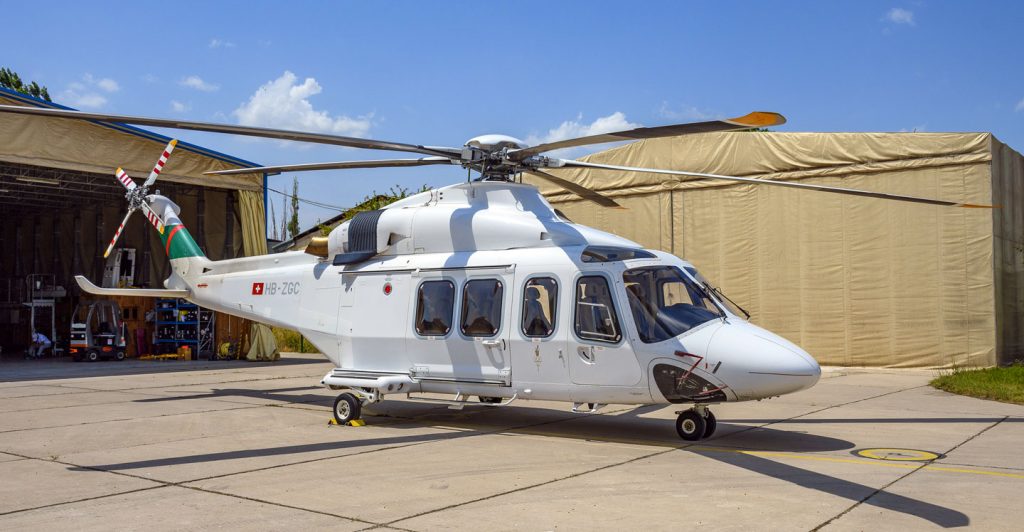
The AW139 is versatile enough to serve in various roles, including helicopter emergency medical services (HEMS), search and rescue (SAR), VIP transport, and operations for energy and security services. It is certified for visual flight rules (VFR) and instrument flight rules (IFR) operations in non-icing conditions. With specific modifications, it can also operate in known and limited icing conditions. The required flight crew consists of one pilot for day VFR operations, but two pilots are necessary for night VFR, IFR, and icing conditions involving IFR operations.
The AW139 has a never-exceed speed (VNE) of 167 knots indicated airspeed (KIAS) and a maximum operating altitude of 20,000 feet. The helicopter’s maximum cruise speed is 165 knots at maximum continuous power, MGW, 5,000 feet, and International Standard Atmosphere (ISA) conditions.
For endurance and range, the AW139 can achieve up to 5 hours and 38 minutes of flight time and 641 nautical miles, respectively, assuming an auxiliary fuel tank and no reserve fuel. Under ISA conditions, MGW, and takeoff power, the helicopter can hover out of ground effect (HOGE) at 8,123 feet and in ground effect (HIGE) at 15,327 feet.
The Leonardo AW139 stands out for its versatility, advanced avionics, and robust performance, making it a popular choice for a wide range of operations from emergency services to VIP transport. Its ability to adapt to various mission profiles and operational conditions underscores its value in the modern helicopter market.

